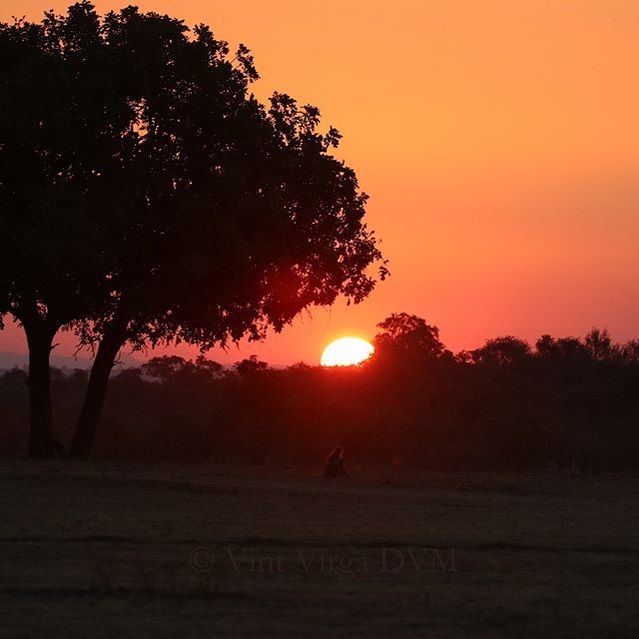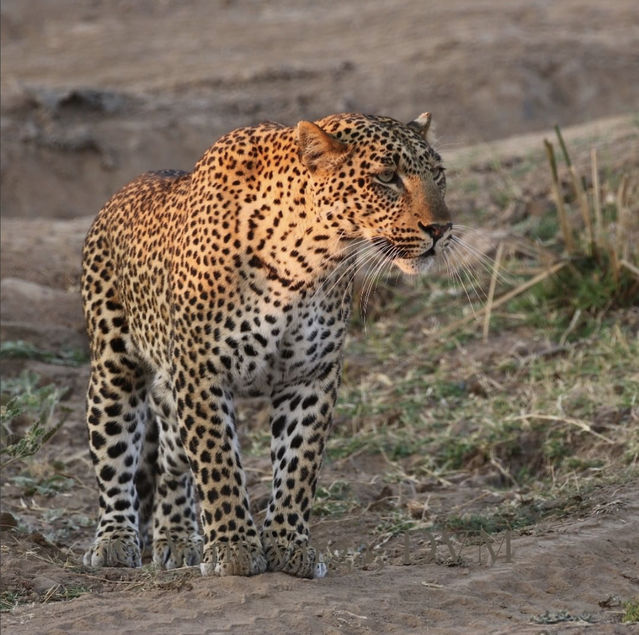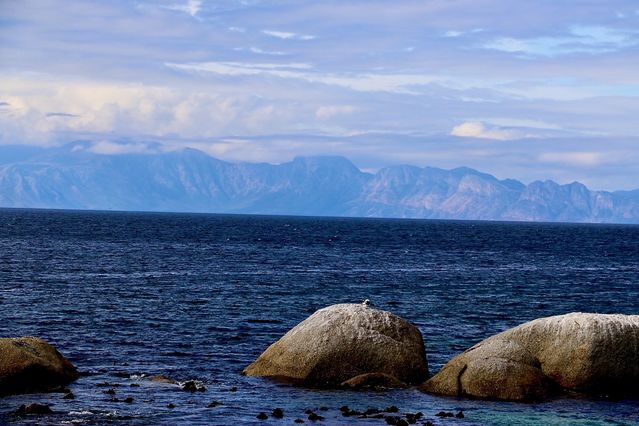Environment
To Take a Risk
To take a risk in a decisive moment—is it now the time?
Posted February 16, 2020 Reviewed by Daniel Lyons M.A.
And the day came when the risk to remain tight in a bud was more painful than the risk it took to blossom. —Elizabeth Appell

We all have faced that moment at one time or another. Our boss asks us for our thoughts and feedback in a job review evaluation. A friend reveals a telling secret over coffee in the afternoon. The guest speaker asks for questions as she finishes her evening lecture. All three pause to look our way, plainly waiting for us to respond. We clear our throats, avert our eyes, gaze blankly back, and hesitate. Do we dare reveal ourselves to share what we truly think and feel, or do we sit back, play it safe, and keep our thoughts and feelings to ourselves?
For three years now, I've traveled around the world in a fairly steady state of silence. My work demands this of me—to be watchful, listening, engaged, attentive—and I'm well suited for it. As a veterinarian specialized in wildlife welfare and conservation, a large part of my job is to fade into the background—then watch, and wait, and simply notice what is going around me.
Behavior doesn’t happen in a vacuum. A leopard doesn’t slow her pace and crouch without her eyeing prey. The impala doesn’t spring all at once and flee into a gallop without detecting something amiss: an upwind trace of cat scent, a faint hint of grasses rustling. Everything’s contextual. The same is true for you and I. What we say and how we act at any given moment depends upon the situation: how are we responding to our own inner affect (emotions, feelings)? What is going on around us with other people? The environment? In what ways do each of these factors influence each other and the outcome?

My role is to fully grasp the situation from each animal’s perspective in relationship to their environment; to serve as an interpreter by translating each viewpoint; to report what’s happening by sharing with others. The first two come fairly easy to me from practice and experience; the third I find more difficult.
As a wildlife conservation vet and writer, I have visited exotic places all around the globe. Beyond my role at each place I work, I’ve stepped back to study the bigger pictures: how animals of different species—from pangolins and ocelots to elephants and humans—relate to each other and their environment around them. I’ve also brought my bedside manner as a doctor, working closely face-to-face with each animal and person to come to know them intimately. And while I’ve served my first two roles well, it’s time for me to take the risk to do what I find more difficult.
As a writer, in my next book on which I’m working, I will take you with me on my journeys to share intimate connections made with endangered creatures and humans who have taken on the role of caring for them, to relate a wholly unique viewpoint on our relationship with other species and our shared future on this planet. And in this blog, in the coming months, I will share with you insights and lessons offered by these individuals so we can better understand ourselves and our changing world around us.



